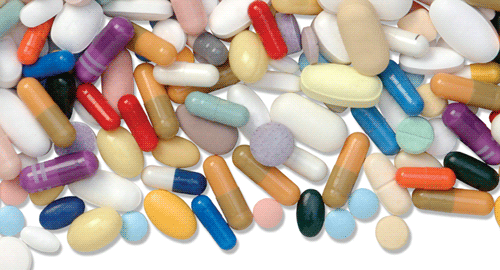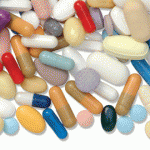 Half of Patients Discontinue Tofacitinib by Year 1
Half of Patients Discontinue Tofacitinib by Year 1
Prime Therapeutics, a pharmacy benefit management company, analyzed 4.4 million of its members who were continuously enrolled between December 2012 and December 2015 to determine adherence and treatment patterns for the rheumatoid arthritis (RA) treatment tofacitinib (Xeljanz).1 The company found 887 members who used tofacitinib during that timeframe, and 97.2% of them had an RA diagnosis on a medical claim. Throughout the analysis period, on average, tofacitinib use increased steadily by 10.5 members per month.
The study found that approximately 10% of members did not follow tofacitinib guidelines, which include using the agent as a second-line therapy with a disease-modifying antirheumatic drug (DMARD). These patients were using tofacitinib as a first-line agent and had not had a prescription claim for a DMARD in the prior year.
At the end of one year, 44% of patients had discontinued tofacitinib treatment, and at six months, more than 30% had discontinued the treatment. The director of Health Outcomes at Prime Therapeutics stated that with a lack of long-term safety and effectiveness, and a high cost (>$42,000 per year), real-world use patterns of tofacitinib are critically important to understanding how to best manage patients with RA.
Fasinumab Clinical Trial Update
Fasinumab, an investigational nerve growth factor antibody, is currently in clinical development for treating osteoarthritis (OA) pain and chronic low back pain.2 The Phase 2b study on chronic low back pain was put on a clinical hold by the U.S. Food and Drug Administration (FDA), which requested an amendment to the study protocol.
An unplanned data analysis was completed at this time due to a case of arthropathy in a patient who received high-dose fasinumab. This patient had advanced OA at study entry. The analysis showed evidence of efficacy with statistically significant score improvements in all fasinumab-treated groups compared with placebo-treated patients at Weeks 8 and 12.
The Phase 2b chronic low back pain study has already enrolled about 70% of the targeted 800 patients into four dosing groups: placebo, 6 mg subcutaneous fasinumab monthly, 9 mg subcutaneous fasinumab monthly or 9 mg intravenous fasinumab every two months. The chronic low back pain Phase 2b study patients will be followed for up to 36 weeks.
A pivotal Phase 3 study is planned for patients with chronic low back pain, but this study will exclude patients with advanced OA.
Michele B. Kaufman, PharmD, CGP, RPh, is a freelance medical writer based in New York City and a pharmacist at New York Presbyterian Lower Manhattan Hospital.
References
- Prime Therapeutics LLC. New release: Prime Therapeutics research finds nearly half of members discontinue costly rheumatoid arthritis drug after one year—use of tofacitinib (Xeljanz) is low, but increasing. PRNewsWire. 2016 Sep 27.
- Teva Pharmaceutical Industries Ltd. News release: Regeneron and Teva provide update on fasinumab clinical development programs. 2016 Oct 17.



